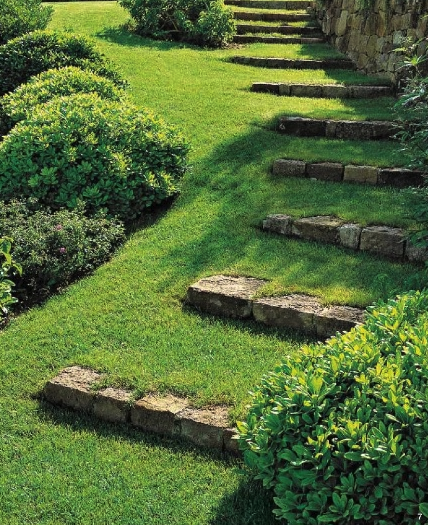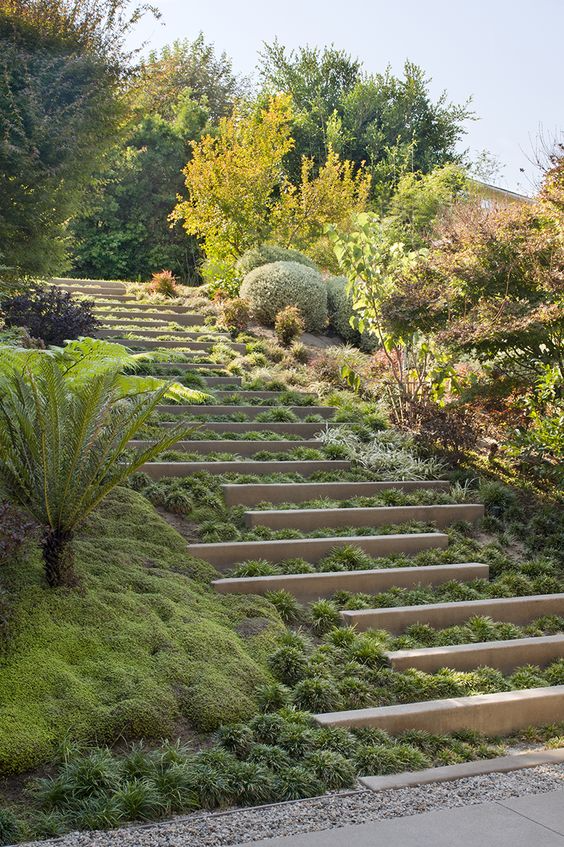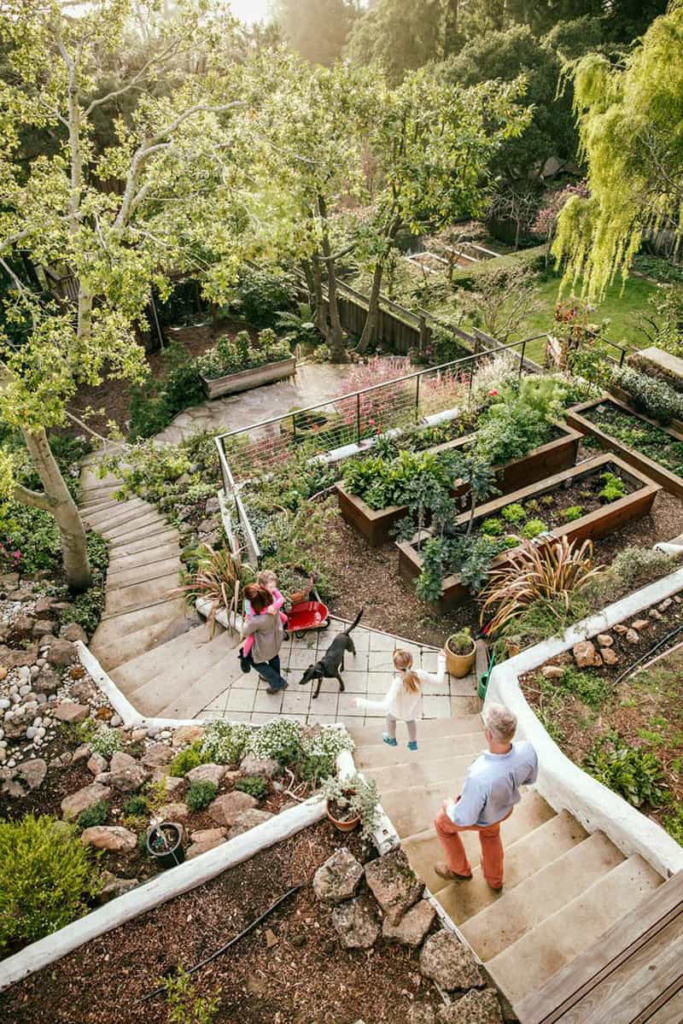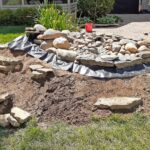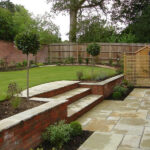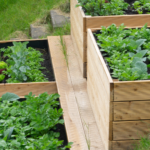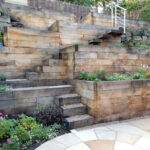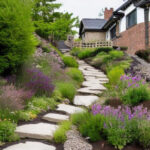Garden design on a slope can present unique challenges and opportunities for creating a visually stunning outdoor space. With careful planning and creativity, you can transform a sloped yard into a beautiful and functional garden that enhances the overall aesthetics of your property.
One of the first considerations when designing a garden on a slope is to address the issue of erosion. Sloping terrain can be more prone to soil erosion, so it’s important to incorporate measures such as retaining walls, terracing, or planting ground cover to help stabilize the soil and prevent runoff. This not only helps protect your garden from erosion but also adds visual interest and dimension to your landscape.
Terracing is a popular technique for gardening on a slope, as it allows you to create multiple levels or “steps” for planting different types of vegetation. By breaking up the slope into smaller, more manageable sections, you can create distinct planting areas for flowers, shrubs, and even vegetables. Terracing also helps to control water drainage and allows for easier access and maintenance of your garden beds.
When selecting plants for a sloped garden, consider the natural conditions of the site, such as sun exposure, soil type, and water availability. Choose plants that are well-suited to the specific microclimates within your sloped garden, taking into account factors like wind exposure and temperature fluctuations. Native plants and drought-tolerant species are often good choices for sloped gardens, as they are adapted to thrive in challenging conditions.
To create a cohesive and visually appealing design, consider incorporating elements such as pathways, retaining walls, and focal points into your sloped garden. Pathways can help define the layout of your garden and provide easy access for maintenance and enjoyment. Retaining walls can not only help prevent erosion but also serve as decorative features that add texture and interest to your garden design. Focal points, such as a water feature or sculpture, can draw the eye and create a sense of balance and harmony in your garden.
Overall, designing a garden on a slope requires careful planning, creativity, and attention to detail. By addressing issues like erosion control, plant selection, and hardscape features, you can create a beautiful and functional outdoor space that enhances the natural beauty of your property. With the right design approach, a sloped garden can become a stunning and inviting retreat for you and your family to enjoy for years to come.
